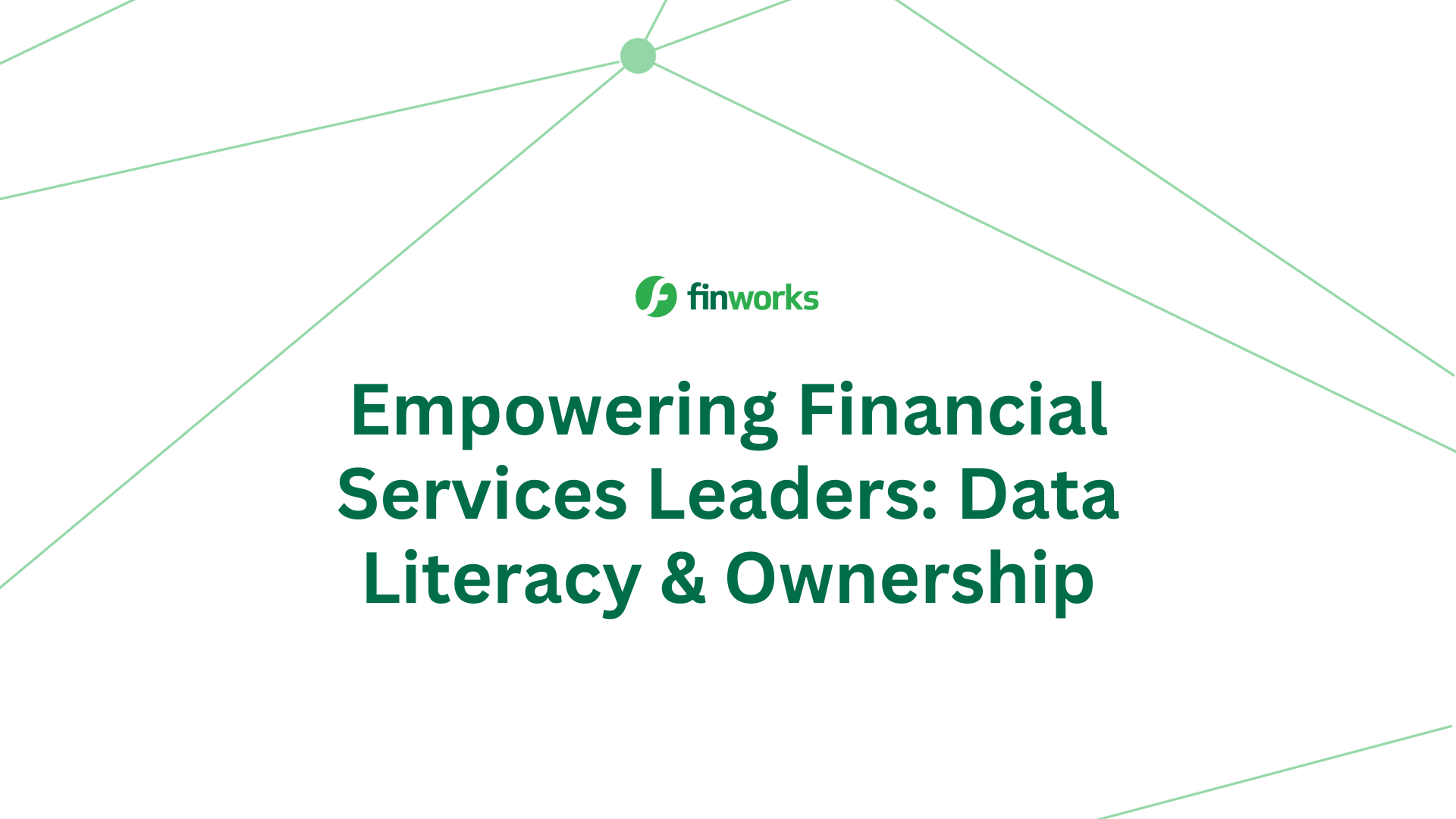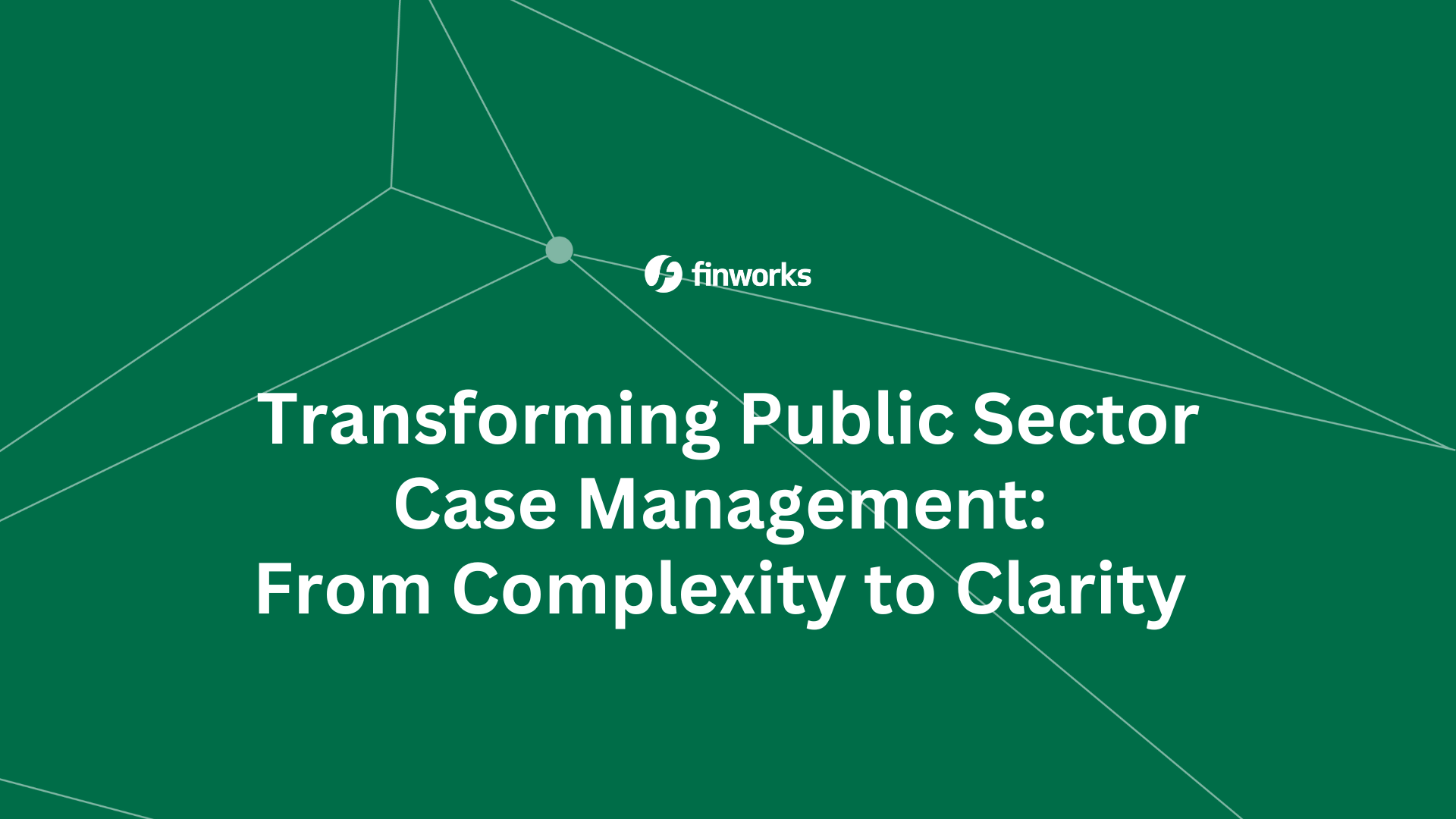How digital ecosystems make sense talking about digital transformation
The demand for accurate and fast access to information plays a significant role both for government organisations and the public sector. With digital transformation, refining and automating the process can help focus and unify data insights.
As we transition to modern technology, one of the biggest hurdles is accepting change. Thinking about digital transformation as a digital ecosystem helps understand how all the parts fit together and how change can be planned and implemented. Interfaces and interoperability can automate processes and help focus on the tasks that are most beneficial.
What is a digital ecosystem for a government organisation?
The word "ecosystem" refers to a geographic zone where plants, animals, and other organisms, as well as non-living things, weather, and landscapes, work together, interact, and co-exist. An ecosystem can also be defined as a complex network or interconnected system.
In the context of this topic, a digital ecosystem collaborative environment consists of internal solutions, applications, and systems, along with external partners, suppliers, third-party data service providers, and all their respective technologies. This collaborative environment is open, flexible, domain cluster, demand-driven, and interactive. The digital ecosystem enables the faster implementation of new technology, decreasing costs and errors, and generating new sources of revenue.
Information and communication are significant in a government organisation's digital ecosystem. As technology continues to evolve, the organisation needs to keep pace. Linked by networks and applications, they create an environment of a never-ending flow of data.
Improving processes through agility and automation
Digital transformation, made possible through agility and automation, is a critical part of any organisation's long-term strategy. The digital ecosystem enables growth and the ability to respond to change, rewarding organisations with the following:
- Faster operational execution
- Simplified processes with fewer risks
- Exceptional standards and user service
- Reduced costs and errors
Intelligence delivered through the digital ecosystem
A modern approach to data management platforms incorporates multiple datasets to reveal fresh and new insights. By bundling information from different parties in the digital ecosystem, participants can provide intelligent services. Onboarding of new data sources is best done through configuration and should not require input from the provider or additional coding.
The quality control process automates data type validation, range validation, versioning, and historical data. Data monitoring automates feedback on missing or delayed data sources or sources that exceed current data quality goals.
Combining many datasets allows organisations to process and publish the best golden copies of available data. Having an open data interface enables visualisation using business intelligence (BI) tools. The interface also gives you access to data science tools such as artificial intelligence and machine learning.
Transformation through configuration
In our experience, successful transformations are achieved not by replacing the technologies that define how people work, but by implementing proven software that can be configured to include multiple processes over time. For example, implementing a workflow management platform (also called 'Document management or 'Case management system') can eliminate repetitive or time-consuming tasks. A workflow platform gives complete visibility into completed tasks, giving insight into the productivity of the processes being performed. Expansion into associated processes renews the cycle of change by including learning, feedback, and suggestions for improvement. As a result, cultural and behavioural changes are encouraged within a seamless environment for success.
Trust through security
Identity and Access Management (IAM) ensures trust in the digital ecosystem. IAM secures APIs and microservices at the edge and across different applications. IAM also authenticates users, provides them with access to authorised apps and performs advanced authentication when additional security is required.
How digital ecosystems drive value
The digital ecosystem enhances the operational and analytical experience and intelligence. You can combine data with other data to generate new insights. Delivering intelligent services to employees, providers, and service users is possible by combining information from different participants in the digital ecosystem.
You can track and analyse the process with comprehensive data. The system can enable KPI calculations and use them to evaluate service and contract performance.
Strategic transformations often include developing new products and services, enabling the digital ecosystem to drive the creation of new revenue streams, sustainable cost savings, or the design of new services.
Financially, this integration enhances revenue generation while enabling new value-added revenue channels. Integrating digital transformation and ecosystems with platforms has been proven effective in reducing costs.
By automating data processes and improving efficiency across the enterprise, end-to-end integration helps improve relationships between departments, suppliers, and service users. Creating a cloud-based digital architecture makes it easy to integrate additional systems and new strategies to support service requirements. Digital ecosystems can be built around meeting the needs of service users. Partnering with suppliers and other third parties is easier when using a shared digital platform.
The unlimited potential of health ecosystems
The patient-centred healthcare ecosystem is developed to ensure that the proper care is delivered in the right place and at the right time. On a global scale, they are evolving in parallel with the fundamental forces that disrupt the healthcare industry. BI tools that leverage health, social, and behavioural data are vital components of the connected technology ecosystem.
Health ecosystems are forming at unprecedented rates in developing economies, driven by shifts in demographics, consumer expectations, and limited infrastructure. The health ecosystem is increasingly responding to the needs of diverse patient groups. Ecosystems can affect lives in different regions and conditions of care.
The patient-oriented nature provides more touchpoints for measuring behaviour and outcomes and more opportunities for more data. Virtual care, remote monitoring, artificial intelligence, intelligent wearables, platforms, tools for data sharing and storage, and tools for remote data collection all contribute to the digital transformation of healthcare. Therefore, the digital ecosystem is a way to improve clinical diagnosis, decision making, digital therapy, clinical trials, and patient-centred care.
Introducing Finworks – Extraordinary Thinking
Finworks provides software solutions that are effective and cost-practical at the same time. Finworks and its team of professionals offer enterprise-grade Data Management and Workflow platforms.
Finworks has always taken a data-driven approach to solving challenges and improving decision-making. Our expertise enables enterprises to implement solutions to better understand services, have a simple centralised process, and share results using modern information management.
Our partners leverage data to identify efficiencies, improve processes, automate workflows, and address complex data challenges. Implementations of both workflow and data management platforms have successfully achieved digital transformation.

Collaboration and transparency: our values
Collaboration is the key to innovation. It is essential to success within the ecosystem.
Finworks collaborates with public service stakeholders to provide technical ideas and concepts to non-technical audiences. Finworks keeps departmental priorities in mind when using its project management experience to support the execution of strategic goals.
Dealing with setbacks together requires a problem-solving mindset and a commitment to achieving the final outcomes of a project. The results are worth the effort. Transparency helps protect an organisation's reputation with partners, employees, service users, suppliers, and other stakeholders.
The concept of transparency means communication, accountability, and openness. Experience has shown that transparency plays a fundamental role in reducing the risk of project work and building trust and goodwill.




